Activating Smithsonian Open Access (ASOA) was born from a conversation that took place in June of 2020, while much of the world was locked down. Millions of jobs evaporated overnight, and those working in the creative and gig economies watched incomes, projects, and years of hard-won programmatic gains in the arts and humanities vanish without a trace.
Museums were forced to step into new territory, away from the familiarity of our physical objects and galleries. We were asked to serve our communities in new ways, new for staff and for our audiences.. In ASOA, we jumped at the chance to design a program that would meet the moment, aligning as many needs and opportunities as possible: demand from existing and new remote audiences; many talented designers, creatives, and technologists with extra capacity; the Interaction Lab’s commitment to inviting the design community into the museum’s design work; the potential of Smithsonian Open Access launched just days before the first COVID-19 related shutdowns in the US; and the support and enthusiasm of the our partners at Verizon 5G Labs in serving exciting new experiences to homebound audiences during a challenging time.
WHAT IS OPEN ACCESS?
For those unfamiliar with the concept of “open access”, UNESCO defines it as: “free access to information and unrestricted use of electronic resources for everyone. Any kind of digital content can be open access (OA), from texts and data to software, audio, video, and multimedia.”
For museums, that means offering unrestricted usage of digitized collections, which typically take the form of 2D and 3D images, data about those images, and sometimes other kinds of media like video or audio. People can download these materials for personal projects, even creating products for sale. Imagine combing through the 399 wallpaper designs in Cooper Hewitt’s Open Access collections and making a line of them to sell. Guess what! You can do that. That may not seem like a big deal, but you might be surprised at how much museum work is related to managing usage rights for their various collections. In the case of Cooper Hewitt, because we have contemporary and historical design objects in our collections, making a portion of our collections available in this way is particularly exciting.
Though the Smithsonian is relatively new to Open Access, the concept is not brand new to museums. Institutions like the Metropolitan Museum of Art, Cleveland Museum of Art, LA County Museum of Art (LACMA), the J. Paul Getty Museum, the Wellcome Collection in the UK, the Rijksmuseum in the Netherlands, the Paris Musées—a coalition of 14 Parisian museums, and more offer varying percentages of digitized collections as “open access”, or free to download and use with no rights restrictions. Smithsonian Open Access is a bit different from these others in the range of disciplines it offers, representing 175 years of knowledge as diverse as the 19 museums the Smithsonian comprises. Natural history collections sit alongside centuries of art from all over the world, artifacts from air and space, postal history and philately (stamp collecting), and even images of animals from the National Zoo.
THE OPEN CALL
In February 2021, Cooper Hewitt’s Interaction Lab launched an open call for proposals for inspiring digital interactions with Smithsonian Open Access collections for people all over the globe. Made possible by Verizon 5G Labs, the program sought to stimulate new ideas for “activating” a selection of the massive dataset that is Smithsonian Open Access collections, over 3 million 2D and 3D objects available under a Creative Commons Zero (CC0) license for download and use of any kind, including commercial.
ASOA’s main intention was to stimulate new activity and experimentation with Smithsonian assets to benefit all parties involved by: funding creators in developing prototypes of new ideas that they would own; generating new tools and uses for OA collections at Cooper Hewitt and other Smithsonian museums; and for other museums and cultural institutions to model a commissioning process deployed differently than is typical for museums. Other goals included: awarding a group of creators who might not otherwise have the opportunity to do this kind of creative work with museums; assembling a group of prototypes that propose a wildly diverse set of ideas to demonstrate the vast possibility presented by Smithsonian Open Access; increasing access to Smithsonian collections for people worldwide; exploring a range of technologies and platforms; supporting projects with clear and concise user objectives; and funding the creation of tools and applications that would have a life beyond ASOA at Cooper Hewitt, Smithsonian, and other museums and cultural institutions.
The creative brief for the 2021 open call sought divergent thinking that moved away from passive “looking experiences” common to physical and digital museum environments. As an aid to inspire creators, we included examples of alternative ways of interacting with digital collections.
THE RESULTS
From 102 proposals, seven teams received $10,000 to develop their ideas into functioning prototypes to be presented to and tested by the public. Tied to the Lab’s ambition to spark the development of lasting new ideas, creators retained all intellectual property related to their work in ASOA.
I am thrilled to report that the tools and platforms built by our cohort achieved our goals with flying colors. The range of object interaction included: collections discovery, storytelling about/with objects, individual and group learning experiences across platforms, multimodal virtual exhibitions, and a personal exploration situated inside a larger narrative about the legacy of looted objects. All of the prototypes are currently available on the ASOA homepage, alongside user surveys to gather data on their performance during the six month period they’ll be on display. Here’s a little more information about each one:
Art Clock playfully brings Open Access collections into daily life, one minute at a time, by displaying a uniquely appropriate image for every minute of a day.
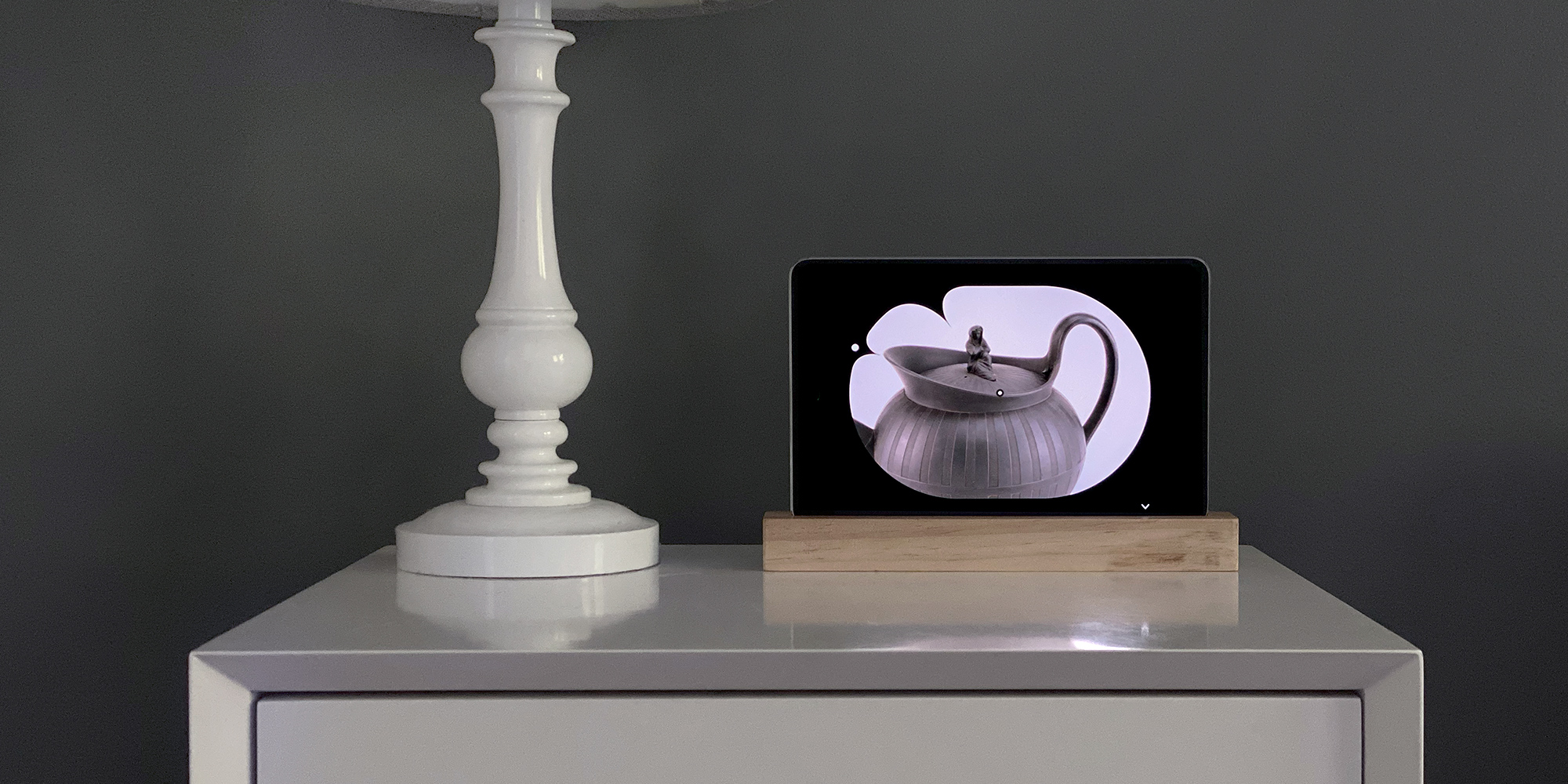
Art Clock interface on a touchscreen tablet, image credit: Red Paper Heart
Art Echo is a web-based virtual reality experience that reveals the acoustic attributes of 3D Open Access objects and offers simulated echolocation based on the teachings of Thomas Tajo, a blind echolocation user and teacher.
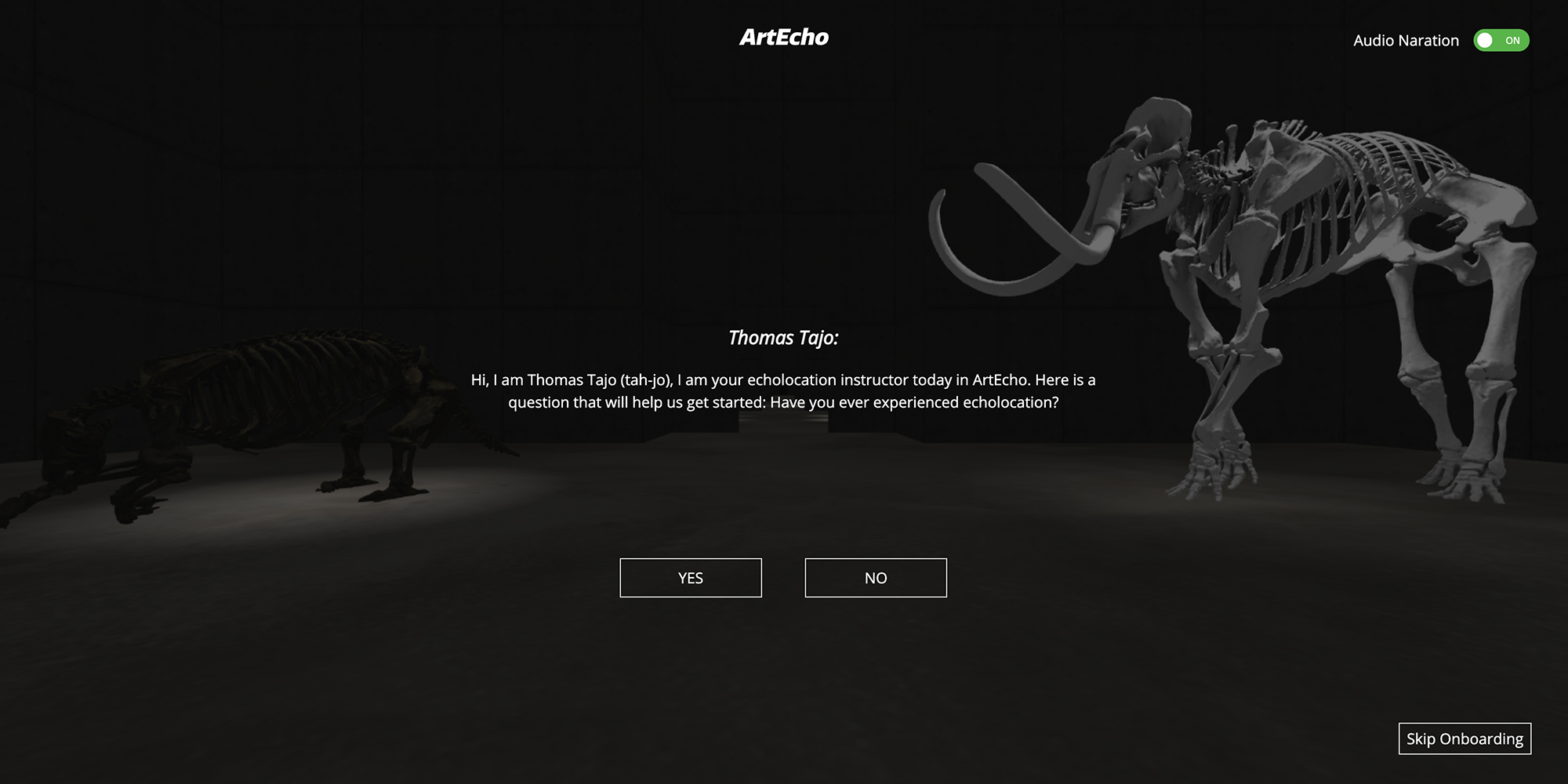
Screenshot of an Art Echo onboarding screen
ButtARfly brings butterflies from the Open Access collections to life, allowing users to learn about butterfly species, add them to a virtual shadow box and release them into an augmented-reality experience for desktop and mobile.
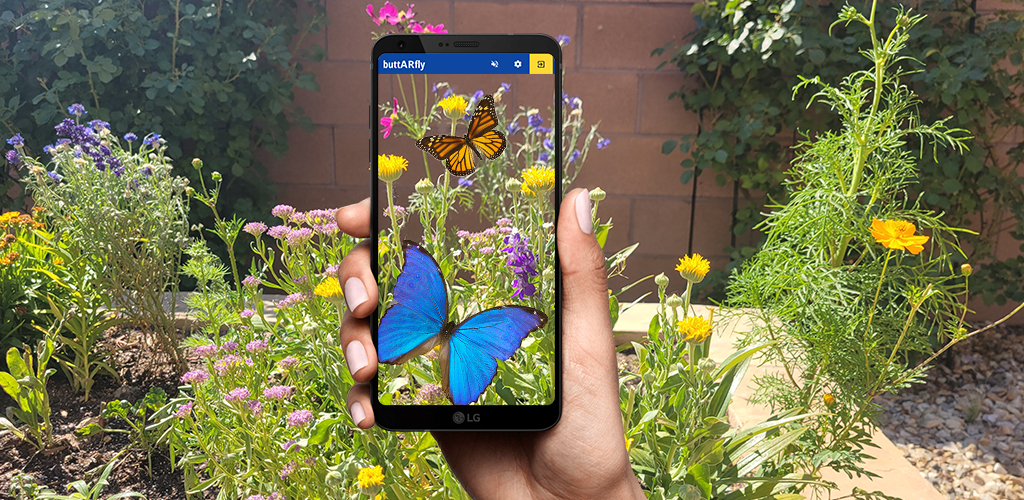
ButtARfly interface in “release” mode, image credit: Cultural Technology Development Lab, New Mexico Highlands University
Casting Memories confronts the impact and legacy of looted art and white supremacy in museums through the perspective and intimate experience of a Nigerian artist/technologist/scammer learning about the art’s stolen history and identity through the Benin Bronzes in the Smithsonian collections.
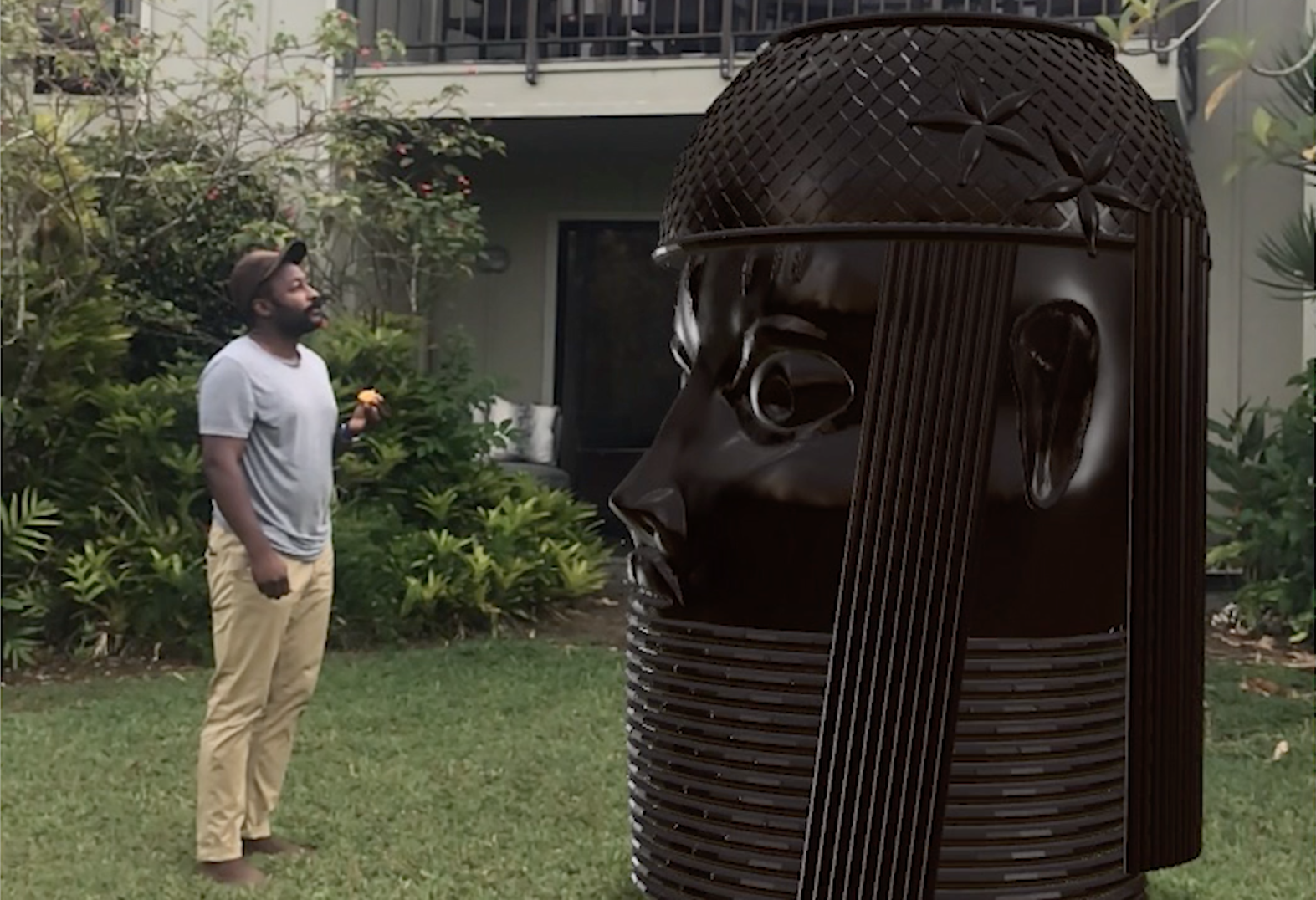
Mayowa Tomori of Loot Merch looking at an augmented reality rendering of a King’s Head artifact from the Kingdom of Benin, image credit: Mayowa Tomori
Doorways into Open Access is a mobile app that opens an augmented reality portal to 1912, transporting audiences back to the Paris of “La Belle Epoque” and inviting them to learn about artifacts of the time.
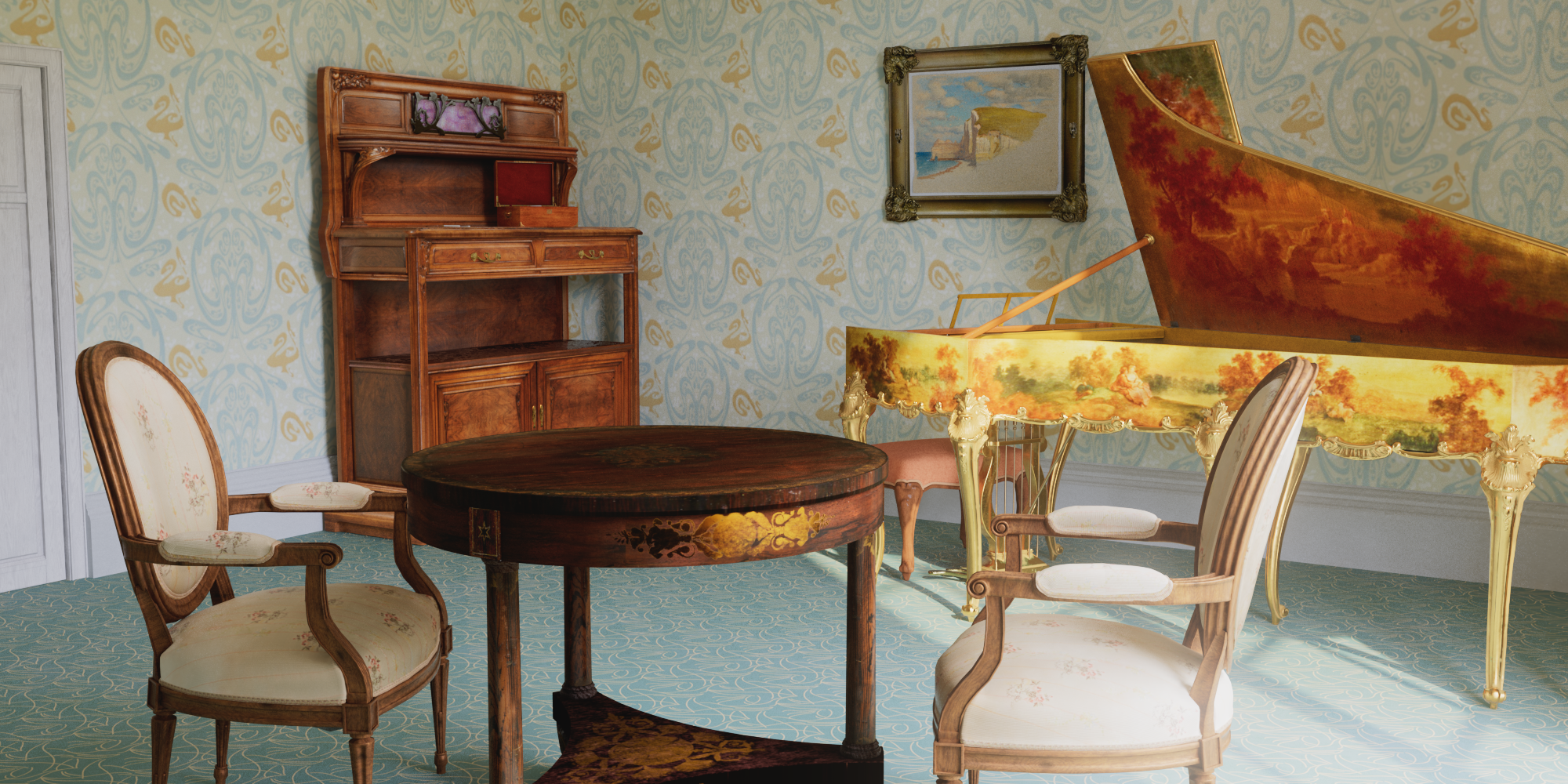
Still image from augmented reality room furnished with materials and objects from Cooper Hewitt’s Open Access collections, image credit: Lorem Ipsum
ScienceVR Treasure Hunt is an interactive, social learning experience in the form of a multiplayer game, where players discover, authenticate and collect Open Access artifacts to score points and win the game, while learning from each other in the process.
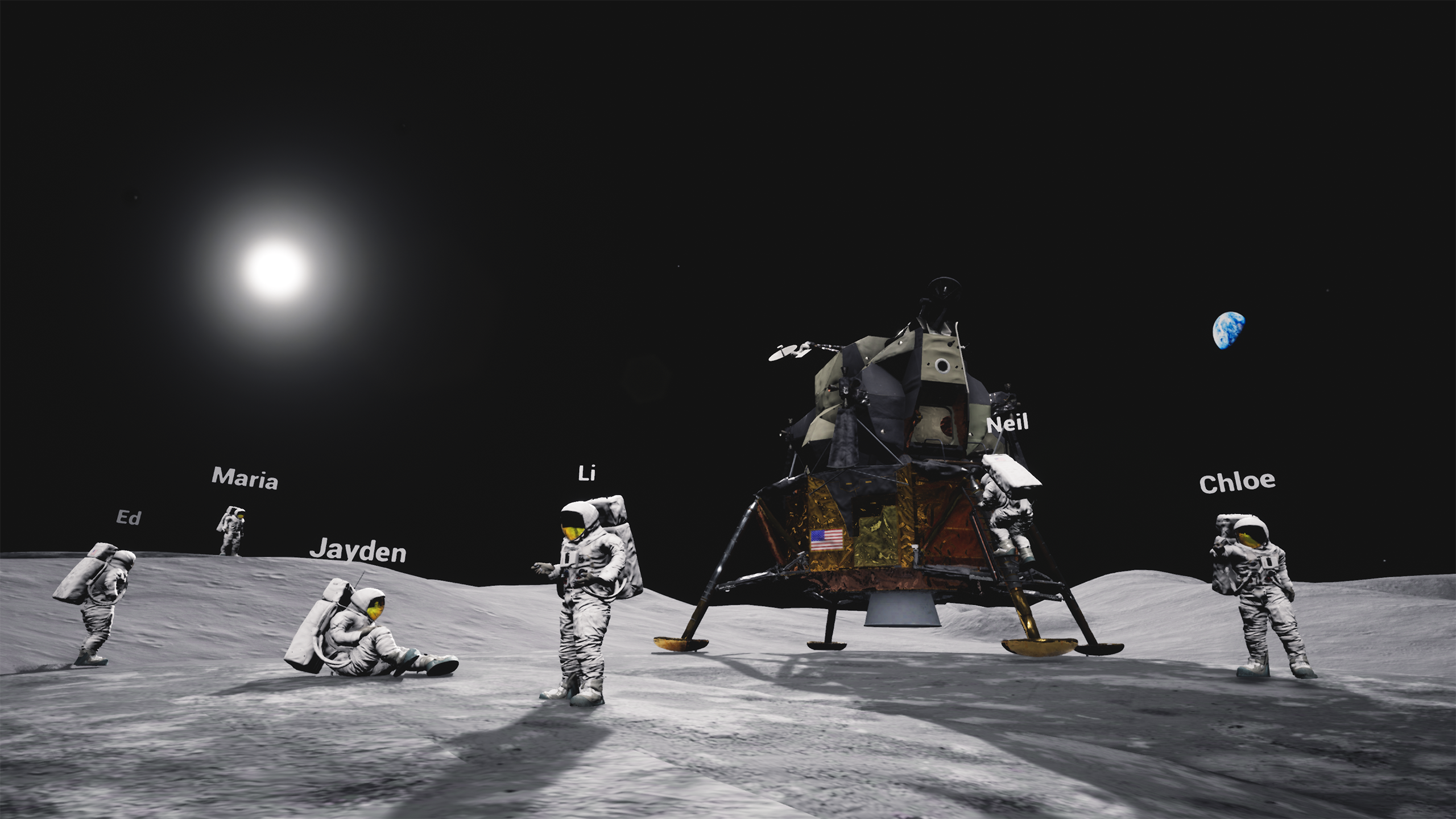
image credit: ScienceVR
Writing with Open Access is a web-based interface that connects users’ writing to images of objects drawn from Open Access collections. Whether for creative inspiration, scholarly research or to tackle writer’s block, this novel interface supports exploration and discovery through writing in 10 different languages.
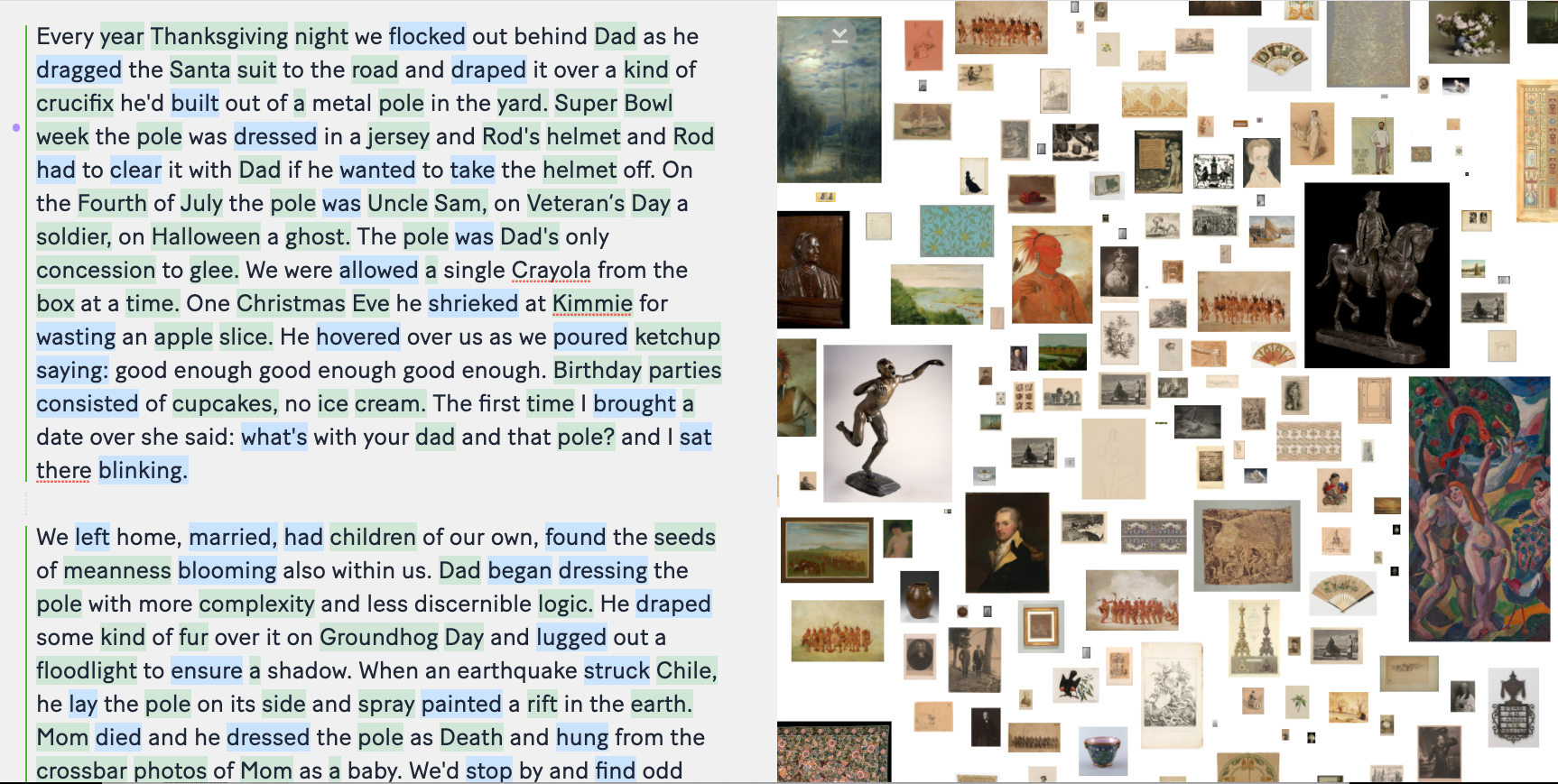
Screenshot of Writing with Open Access web interface using sample text
The Case for Creative Commissioning
The success of ASOA was driven by the wide diversity of thought it represents – a direct output of the creative commissioning process it presented. Commissioning is a process familiar to the museum world, but is typically used to support the creation of artistic works to be displayed or performed as part of a specific exhibition. The Interaction Lab has developed a creative commissioning approach that takes inspiration from open calls launched by organizations like Eyebeam, the Knight Foundation, and Storyfutures* and adds a twist. The Lab commissions tools, platforms, services, experiences, and more that serve a specific and lasting purpose for audiences inside the museum experience. Some examples of that are: new kinds of interactions with collections; in-gallery tools or interfaces to help people make sense of their experiences; new approaches to interactions between staff and visitors; or even hybrid public programming that facilitates conversations between remote and on-site audiences. We’re commissioning creators to build some of the tools the museum offers to enhance their in-person and remote experiences with our collections and exhibitions. Different from a conventional “request for proposal” (RFP) process, commissioning through open call allows us to build relationships with a community of creators who might not otherwise have the opportunity to work with the Smithsonian. This type of commissioning opens up the pool beyond the talented group of creative agencies that tend to do much of the prominent interactive work in museums.
For the Interaction Lab, the creative commissioning process is an engine, powering the formation of platforms and experiences while programmatizing the process of their development. As an engine, commissioning powers a wide range of benefits for an institution like Cooper Hewitt, particularly through an open call. It provides a straight path to a diverse group of early stage ideas, capable of proving concepts to drive ideas and initiatives forward. It helps to promote multiplicity and create a vibrant space of dialogue and ideas around the work of the museum. “Programmatizing the process” means that in addition to those early stage ideas, creative commissioning offers tremendous opportunities to generate content, conversation, and to build community throughout. For ASOA, we had such a quick build period that we decided to reserve most programmatic opportunities for after launch. This article is the beginning of a series that will share some of the design stories behind the ASOA prototypes.
Creative commissioning creates a more porous boundary between the museum and the design community, and invites variety, builds community and drives exploration and discovery – all essential parts of designing any museum experience. For these reasons, it’s been central to the Interaction Lab’s strategy since the beginning. Ways of integrating this kind of approach range from shared inquiry and idea exchange at its simplest, all the way to inviting practitioners to work with us in the making of the museum experience, and many points in between. Commissioning also offers museums the opportunity to own our position as some of the world’s most incredible asset libraries. Imagine the reservoir of stories and ideas that comprise museum collections. Instead of depending only on internal staff, projects and resources to activate those assets, why not invite others into the process, formally and with funding? The potential is nothing short of stunning.
From its conception in June 2020 through prototype launch in August 2021, ASOA was a complex operation that included a vast number of stakeholders, parameters, and steps. Thank you to our tireless collaborators who brought the project into being: Executive Producer, Jaade Wills and Visitor Experience Supervisor, Katherine Miller, without whom ASOA would not have been possible. Also huge thanks to our incredible cohort and the many Smithsonian and Verizon colleagues who supported us along the way. Lastly, thanks to the many incredible people and teams at other commissioning organizations who’ve been working hard for years designing and executing such inspiring programs.
Over time, we will continue systematizing the Interaction Lab’s approach to commissioning all kinds of different work, not just technologies. Some examples might be: immersive experiences, audio and video content, services and human interactions, and a wide variety of public programming. This doesn’t mean that every new interaction the Lab introduces will come into existence through a commissioning process like ASOA, but we are committed to pushing the potential of this approach forward when it’s right for the opportunity at hand.
About Cooper Hewitt’s Interaction Lab
The Interaction Lab is an embedded research and development program driving the reimagining of Cooper Hewitt’s audience experience across digital, physical, and human interactions. Since its fall 2019 launch, the Lab has injected new ideas into the museum’s work through internal workshopping and strategy, a public program series merging interactive design and museum practice, and a commissioning program that engages the design community as creative collaborators in creating the next wave of the Cooper Hewitt experience. Driving all of the Lab’s work is an ethos of transparency, radical collaboration, empathy for internal and external audiences, and cross-disciplinary thinking.
Activating Smithsonian Open Access was made possible by Verizon 5G Labs.